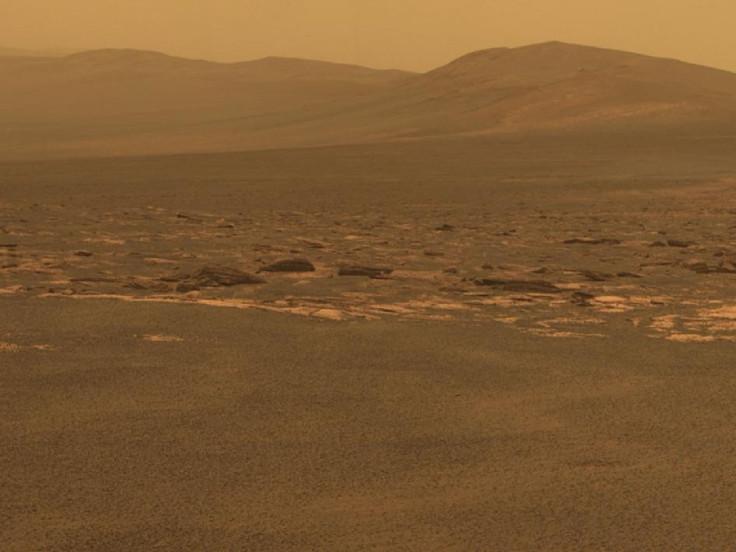Astronauts Could Grow ‘Kitchen Garden’ on Mission to Mars

Those vying to be among the first to travel to Mars later this century may need skills outside of typical astronaut training to complete their mission - like a green thumb.
Stocking astronauts with enough food to last what scientists believe would be a five-year round-trip mission is one of the largest challenges facing the first manned missions to Mars, said Maya R. Cooper while addressing an audience at the 242nd National Meeting and Exposition of the American Chemical Society.
Cooper, a senior research scientist at the NASA's Space Food System's Laboratory in Houston, explained that on typical missions astronauts are allotted 3.8 pounds of food each day. On a five year mission that would come out to almost 7,000 pounds of food per person, which is significantly more weight than could be feasibly be carried on a space shuttle.
That's a clear impediment to a lot of mission scenarios, Cooper said. We need new approaches.
Cooper said NASA is currently investigating the possibility of implementing a bioregenerative system that would allow astronauts to grow crops in space and then possibly ship some of those products to a potential Mars habitat.
The process could offer space explorers another hot commodity as well: oxygen. Cooper explained that bioregenerative systems involve growing plants that multi-task, meaning that aside from producing food, they would also release oxygen just as they would in a natural environment on Earth. The oxygen could even theoretically purify the carbon dioxide exhaled by crew members.
Cooper said the crops chosen for space cultivation would ideally grow well with minimal tending and small spaces. Some plants that have emerged as prime candidates for a potential space garden include lettuce, spinach, carrots, tomatoes, bell peppers, strawberries, cabbages, green onions and fresh herbs.
Scientists have other options for feeding astronauts if the bioregenerative system idea does not pan out. Cooper said officials have discussed the possibility of shipping bulk commodities with a long shelf life to the Red Planet on a unmanned spacecraft a year or two before astronauts depart on a mission to Mars, the first of which could launch as soon as the 2030s.
Space food has evolved from freeze-dried blocks and gooey messes - squeezable from toothpaste-like tubes - since the advent of space travel in the early 1960s. These days, astronauts are able to select their own menus in advance of the mission, which features rehydratable, thermostabilized, irradiated and natural form items, according to NASA's Web site.
© Copyright IBTimes 2024. All rights reserved.











